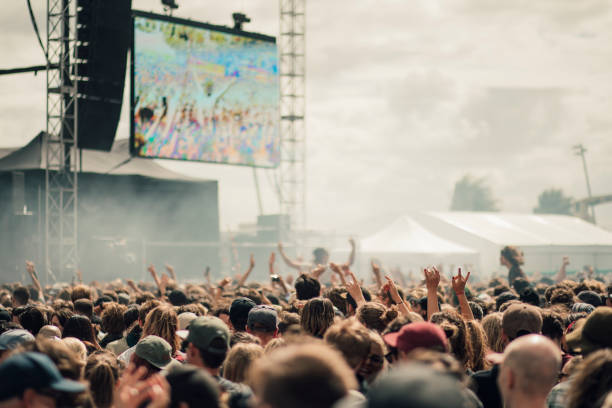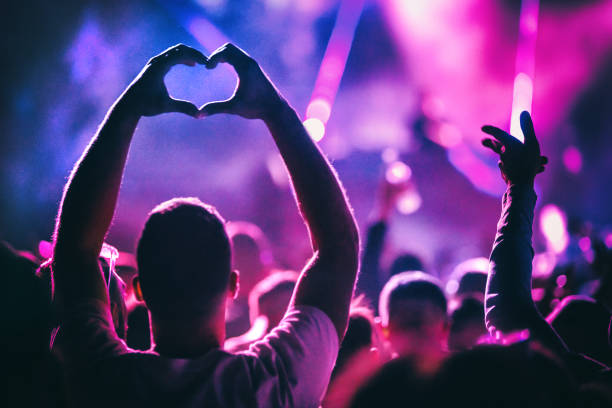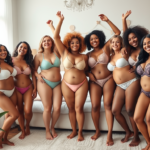Fashion plays a pivotal role in festivals and cultural events by not only enhancing the aesthetic appeal but also by fostering cultural identity and unity. This article delves into the multifaceted significance of fashion in these vibrant celebrations, shedding light on its impact on culture, tradition, and social cohesion.
The Cultural Significance of Fashion

Fashion is deeply rooted in the cultural ethos of a community, often reflecting its history, values, and traditions. During festivals and cultural events, traditional attire and accessories become mediums of expression, showcasing the rich heritage of the people. In many cultures, wearing specific garments or colors symbolizes respect, reverence, or festivity. Such attire not only connects individuals to their ancestry but also educates younger generations about their cultural roots. Additionally, festival fashion often includes unique craftsmanship, like embroidery or beadwork, which highlights the artistry and skills passed down through generations.
Fashion as a Medium for Community Bonding
The act of dressing up for festivals and cultural events goes beyond individual expression; it fosters a sense of community. When members of a community don similar attire, it creates a visual unity and strengthens communal bonds. This collective display of fashion can be an empowering experience, promoting inclusiveness and collective identity. Moreover, traditional fashion at these events often involves group activities, such as community sewing projects or fashion shows, which encourage participation and collaboration. Lists and records of fashion elements used in past events can become a cherished part of communal history.
The Economic Impact of Festival Fashion
The fashion industry benefits significantly from the preparations for festivals and cultural events. Designers and artisans experience a surge in demand for traditional and festive wear, providing economic opportunities, especially for local craftsmen. Events like Diwali, Mardi Gras, and the Lunar New Year stimulate markets for special fabrics, jewelry, and accessories, contributing to local economies. This economic boost is crucial for sustaining traditional crafts and ensures that artisans can continue their work. Additionally, fashion-related businesses can thrive from the sale of festival attire, creating a ripple effect that benefits various sectors.
Fashion as a Form of Expression
During festivals and cultural events, fashion serves as a powerful form of self-expression. Individuals often personalize traditional attire to reflect their personality, blending contemporary fashion trends with age-old customs. This blend of modernity and tradition allows people to celebrate their heritage while also showcasing their unique style. Fashion at these events can also be a statement of social or political identity, through the choice of colors, symbols, or designs. The diverse ways in which people express themselves through fashion adds to the vibrancy and dynamism of cultural festivals.
The Evolution of Festival Fashion
Fashion associated with festivals and cultural events has evolved significantly over time, influenced by changing social dynamics, technological advancements, and global interactions. Historically, festival attire was strictly traditional. However, contemporary festival fashion often integrates global trends, inspired by different cultures around the world. This evolution reflects the fluid nature of culture and fashion, illustrating how traditions can adapt while preserving core values. Fashion designers play a crucial role in this evolution, experimenting with new designs and materials while maintaining cultural authenticity. As a result, festival fashion has become a melting pot of innovation and tradition.
Conclusion
Fashion undoubtedly holds a significant place in festivals and cultural events, intertwining with cultural identity, community bonding, economic impact, and personal expression. It is a dynamic element that reflects the evolution of society and culture while preserving the essence of tradition. As festivals continue to be celebrated across the globe, fashion will remain an integral part of these joyous and meaningful occasions, bridging the past with the present and the traditional with the modern.
FAQs
1. Why is fashion important in cultural festivals?
Fashion is important in cultural festivals because it represents the heritage, values, and history of a community. It helps preserve traditions and educates younger generations about their cultural roots.
2. How does festival fashion contribute to the economy?
Festival fashion boosts the economy by increasing demand for traditional and festive wear, thus providing economic opportunities for local artisans and fashion-related businesses.
3. Can festival fashion evolve over time?
Yes, festival fashion can and does evolve over time, blending contemporary trends with traditional elements, which reflects the fluid nature of culture and fashion.
4. What role does fashion play in community bonding during festivals?
Fashion plays a role in community bonding by creating a sense of visual unity and collective identity when members of a community wear similar attire, enhancing inclusiveness and social cohesion.
5. How do people use fashion to express themselves during cultural events?
Individuals use fashion during cultural events to express their personality by personalizing traditional attire, blending modern trends with customs, and sometimes making social or political statements through their fashion choices.







